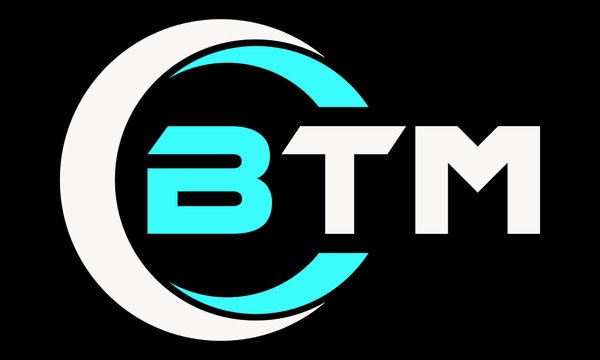Are you in the construction or utility industry and frequently deal with buried utilities such as pipes or cables? Do you need a reliable and efficient tool to locate these hidden utilities accurately? If so, consider investing in a magnetic locator.
A magnetic locator is a device specifically designed to locate underground utilities containing ferrous metals, such as cast iron or steel. These devices detect the magnetic fields these metals produce, making them an indispensable tool for anyone who needs to locate buried utilities.
In this guide to magnetic locators, we will explore the different types available, how they work, and the applications they are best suited for.
Types of Magnetic Locators
There are three main types of magnetic locators: hand-held, towed, and push-cart. Each type of locator has its unique advantages and disadvantages and is best suited for different
Applications.
Hand-held magnetic locators are the most common type and ideal for locating small to medium-sized buried utilities. They are easy to use and maneuver, making them perfect for tight spaces, and lightweight and portable, making them ideal for fieldwork.
Towed magnetic locators are ideal for larger utility locating projects that require covering more significant areas. These locators are typically attached to a vehicle or ATV and pulled behind it. They are also ideal for locating utilities buried deep underground.
Push-cart magnetic locators are ideal for larger utility locating projects that require walking long distances. These locators are mounted on a cart and pushed along the ground, allowing the user to cover a larger area quickly and efficiently.
How Magnetic Locators Work
Magnetic locators work by detecting the magnetic fields that ferrous metals produce. When a magnetic locator detects a magnetic field, it sends an audible or visual signal to the user. The strength of the signal indicates the proximity and strength of the magnetic field.
Magnetic locators use various techniques to detect magnetic fields, including fluxgate magnetometers, hall effect sensors, and optically pumped magnetometers. Each technique has unique advantages and disadvantages and is best suited for different applications.
Applications of Magnetic Locators
Magnetic locators are essential for anyone who needs to locate buried utilities containing ferrous metals. They are commonly used in the construction and utility industries for locating buried pipes, cables, and other utilities.
Magnetic locators are also commonly used in archaeology for locating buried artifacts, coins, and other metal objects. They are also helpful for finding metal studs and pipes inside walls, making them valuable tools for construction and renovation projects.
In addition to their primary use in locating buried utilities, magnetic locators can also be used for geophysical exploration and mapping, mineral prospecting, and environmental surveys.
Tips for Using Magnetic Locators
It’s essential to use it correctly To get the most accurate readings. Here are a few tips to help you get the most out of your magnetic locator:
- Always follow the manufacturer’s instructions for using your magnetic locator.
- Calibrate your magnetic locator before each use to ensure accurate readings.
- Use your magnetic locator in an area with low electromagnetic interference to minimize false readings.
- Sweep the magnetic locator back and forth over the area you are searching to ensure you cover the entire area.
- Be aware of any objects interfering with your magnetic locator’s readings, such as large metal objects or power lines.
Conclusion
A magnetic locator is essential for anyone who needs to locate buried utilities containing ferrous metals. Whether working in the construction, utility, or archaeology field, a magnetic locator can help you locate buried utilities and artifacts quickly and efficiently.




